For kitchen professionals, the tools you work with are more than just instrumentsthey are extensions of your craft. One indispensable tool in the heart of your kitchen is the cutting board. Learning how to make a cutting board with different woods offers a chance to create a personalized, durable, and functional masterpiece. Tailoring the board to your exact needs, you combine form and function into something truly unique. But how can you craft such a cutting board? This article dives into all the details, helping you through the process from start to finish.
Different woods bring a variety of textures, strengths, and aesthetics to the table (pun intended). Whether you prefer the durable qualities of maple or the striking appearance of walnut, integrating multiple wood types into your cutting board design yields a stylish and functional kitchen tool.
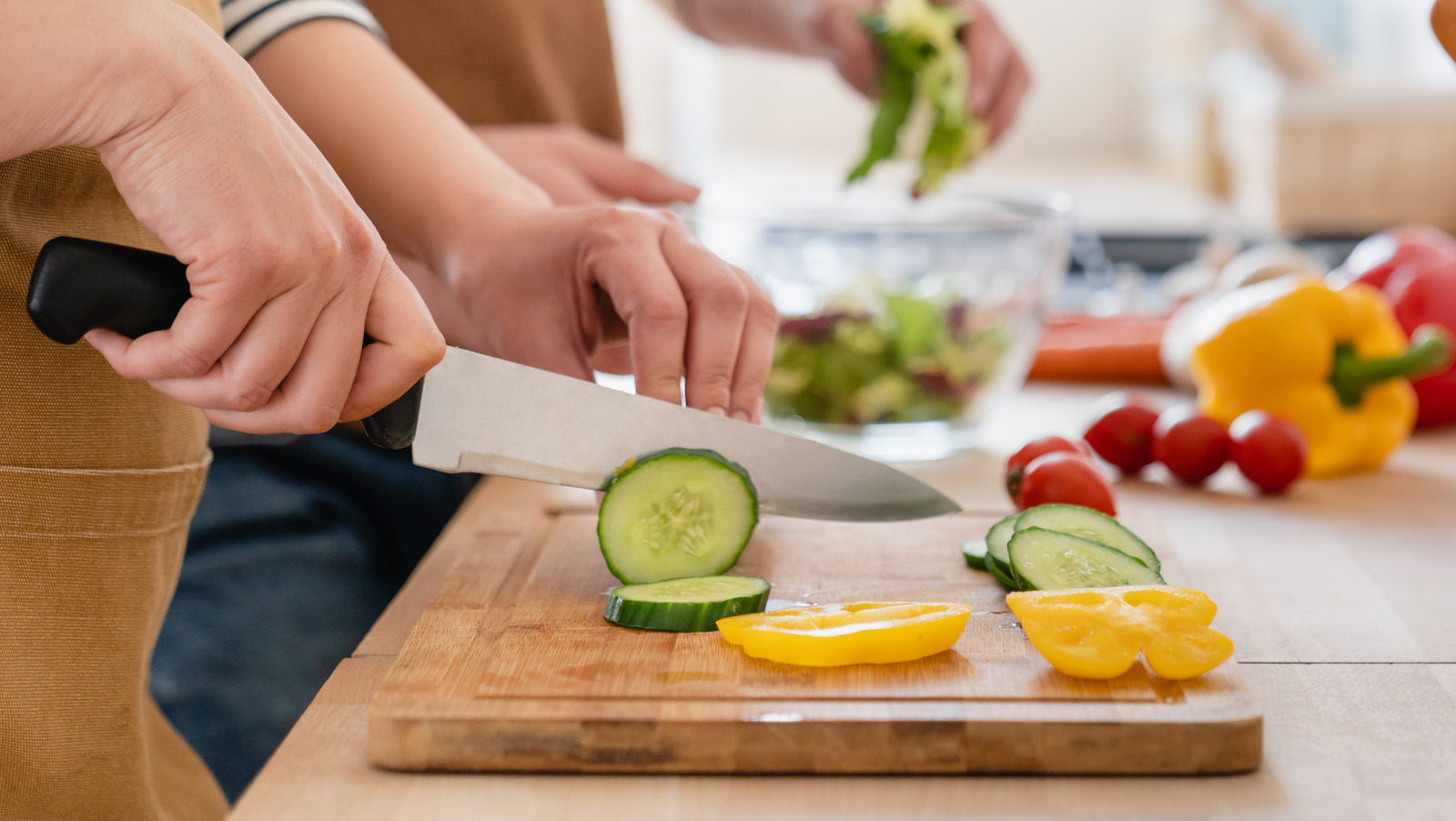
Why Choose Different Woods for a Cutting Board?
The first question any kitchen professional might ask is: Why not stick with a single type of wood? The answer lies in both style and function. Mixing different wood types not only elevates the appearance of the board but also ensures a balance of durability, knife-friendliness, and resistance to bacteria.
- Durability: Harder woods like maple ensure longevity and help the board withstand heavy use.
- Knife Maintenance: Softer woods like cherry are gentler on knife blades, reducing dullness over time.
- Style: The variety of wood grains and colors adds a unique and professional appearance to your board.
Wood Selection for Your Cutting Board
When figuring out how to make a cutting board with different woods, your wood selection is the foundation. Here are some popular choices:
1. Maple
Maple is one of the most popular woods for cutting boards due to its durability, density, and closed-grain structure. Its light color also pairs well with darker woods, adding a great visual contrast.
2. Walnut
Walnut is darker and more visually striking. It is slightly softer than maple but still offers good durability. This is an excellent choice for adding contrast to lighter woods like maple or cherry.
3. Cherry
Cherry provides a softer touch and a warm, reddish hue. Paired with the durability of harder woods, cherry balances your cutting board beautifully in both function and design.
4. Teak
Known for its water-resistant properties, teak can be an excellent addition. Its natural oils also help resist bacteria, making it a hygienic option.
If you're unsure about which wood combination works best together, check out this guide to building end-grain cutting boards for inspiration.
Step-by-Step Guide to Making a Cutting Board
Here is a detailed process on how to make a cutting board with different woods. Follow these steps to achieve a high-quality, professional board.
1. Gather Your Materials
You'll need the following materials:
- Different wood planks (e.g., maple, walnut, cherry)
- Wood glue (food-safe)
- Sandpaper (varying grits)
- Clamps
- Mineral oil (food-safe finish)
For an in-depth look at sandpaper usage, refer to this sandpaper grit guide.
2. Cut and Arrange the Wood
After deciding on your wood types, cut them into strips of uniform size. Ensure the edges are smooth and the lengths even. Experiment with the arrangement to achieve your desired aesthetic. The alternating colors and grains can make a striking visual impact.
3. Glue and Clamp the Pieces
Apply food-safe wood glue generously to the edges and stack the wood pieces in your chosen pattern. Clamp firmly for at least 24 hours to ensure a strong bond.
4. Sand and Smooth
After the glue dries, remove the clamps and begin sanding. Start with a lower-grit sandpaper (e.g., 80-grit) and work up to finer grits (e.g., 220-grit) for a smooth and polished surface. Learn more about scratch removal here.
5. Apply Finish
To protect your cutting board, apply a generous coat of mineral oil or a food-safe wood finish. This treatment will also enhance the wood's natural beauty.
Maintenance Tips for Kitchen Pros
Your board will need some upkeep. Here's how you can keep it in top condition:
- Wash with warm, soapy water immediately after use, and dry thoroughly.
- Avoid submerging in water to prevent warping.
- Apply mineral oil every few weeks.
Read more tips on cutting board care in this cutting board care guide.
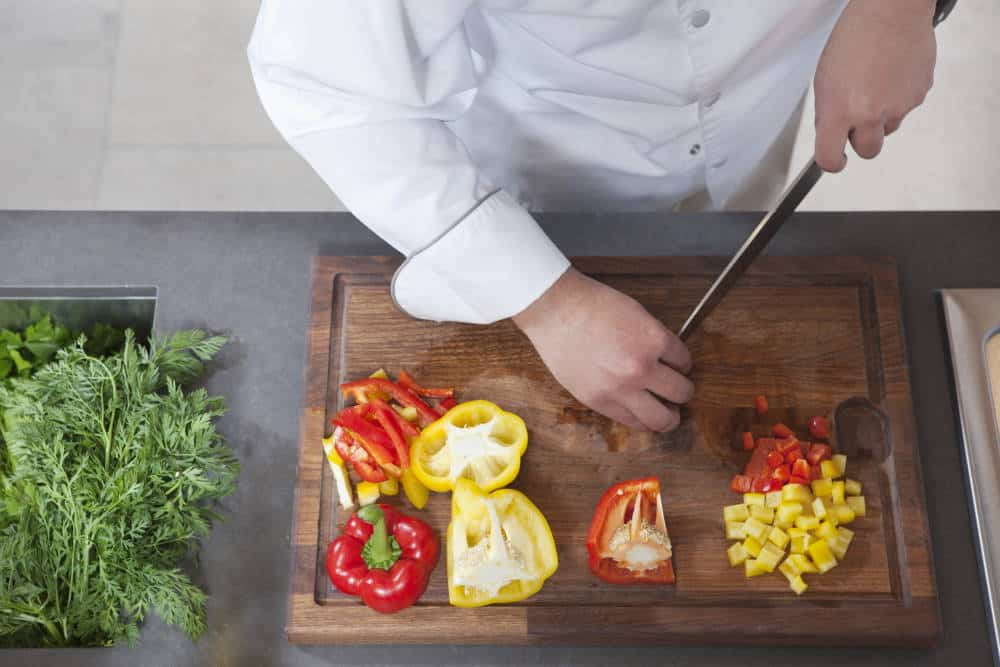
FAQs
1. What are the best woods to use for cutting boards?
Hardwoods like maple, walnut, and cherry are popular for their durability and knife-friendly characteristics. Mixing these ensures a balanced board.
2. Can I use exotic woods?
Exotic woods like purpleheart and teak can be used but ensure they are food-safe and untreated with toxic chemicals.
3. How do I sanitize my cutting board?
You can sanitize your board with a mixture of vinegar and water or use a dedicated cleaning product. Details on sanitization can be found here.
Crafting your board is not only rewarding but also ensures you have a tool tailored to your professional needs. With proper maintenance, your custom board will serve your kitchen for years to come.
This article contains affiliate links. We may earn a commission at no extra cost to you.

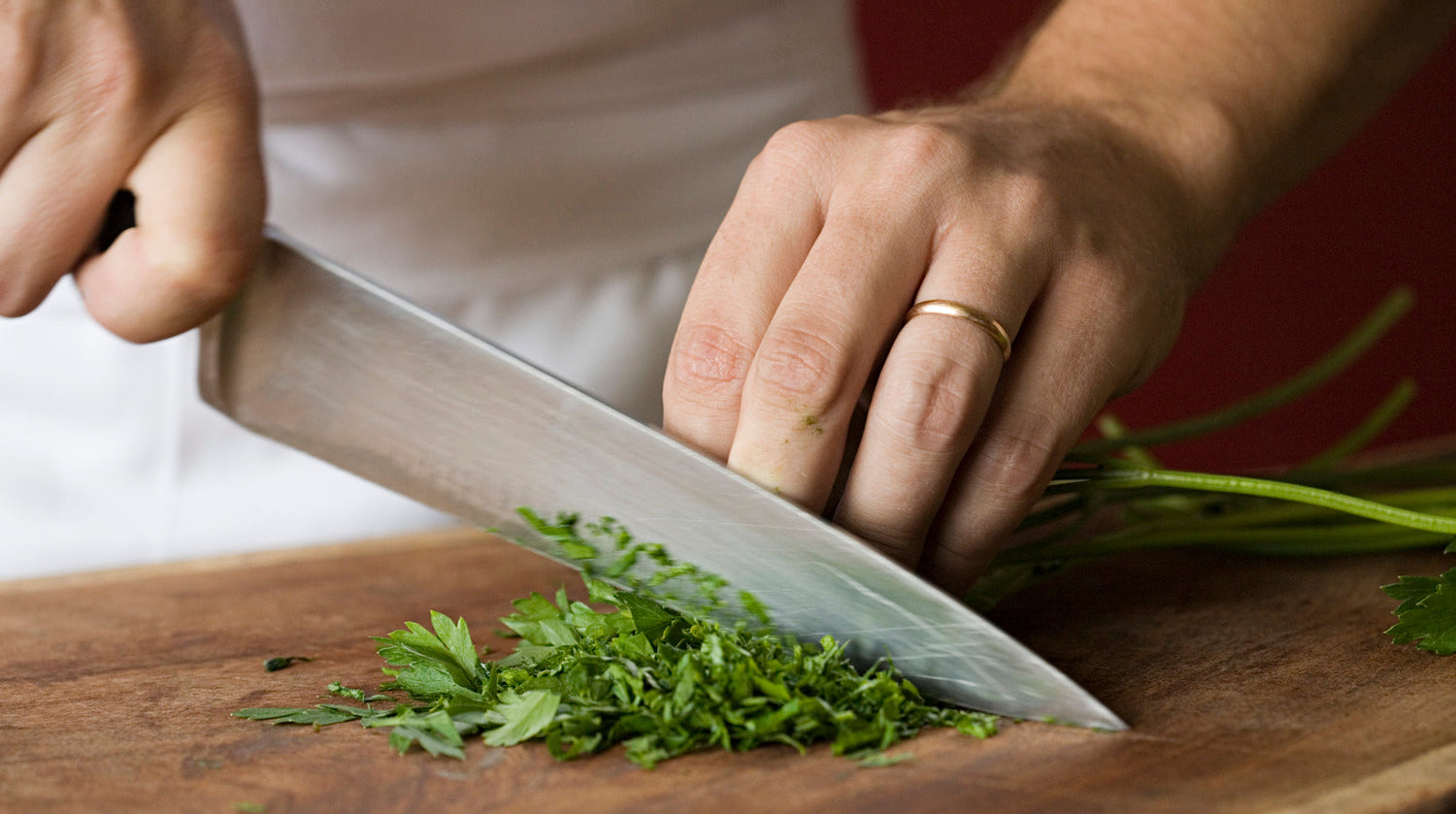


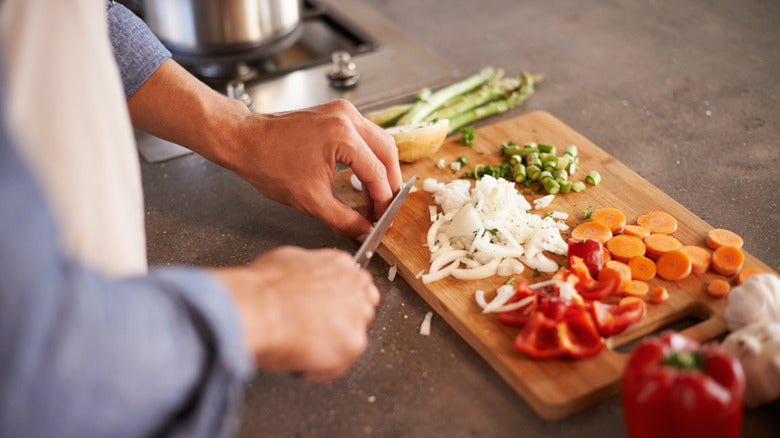
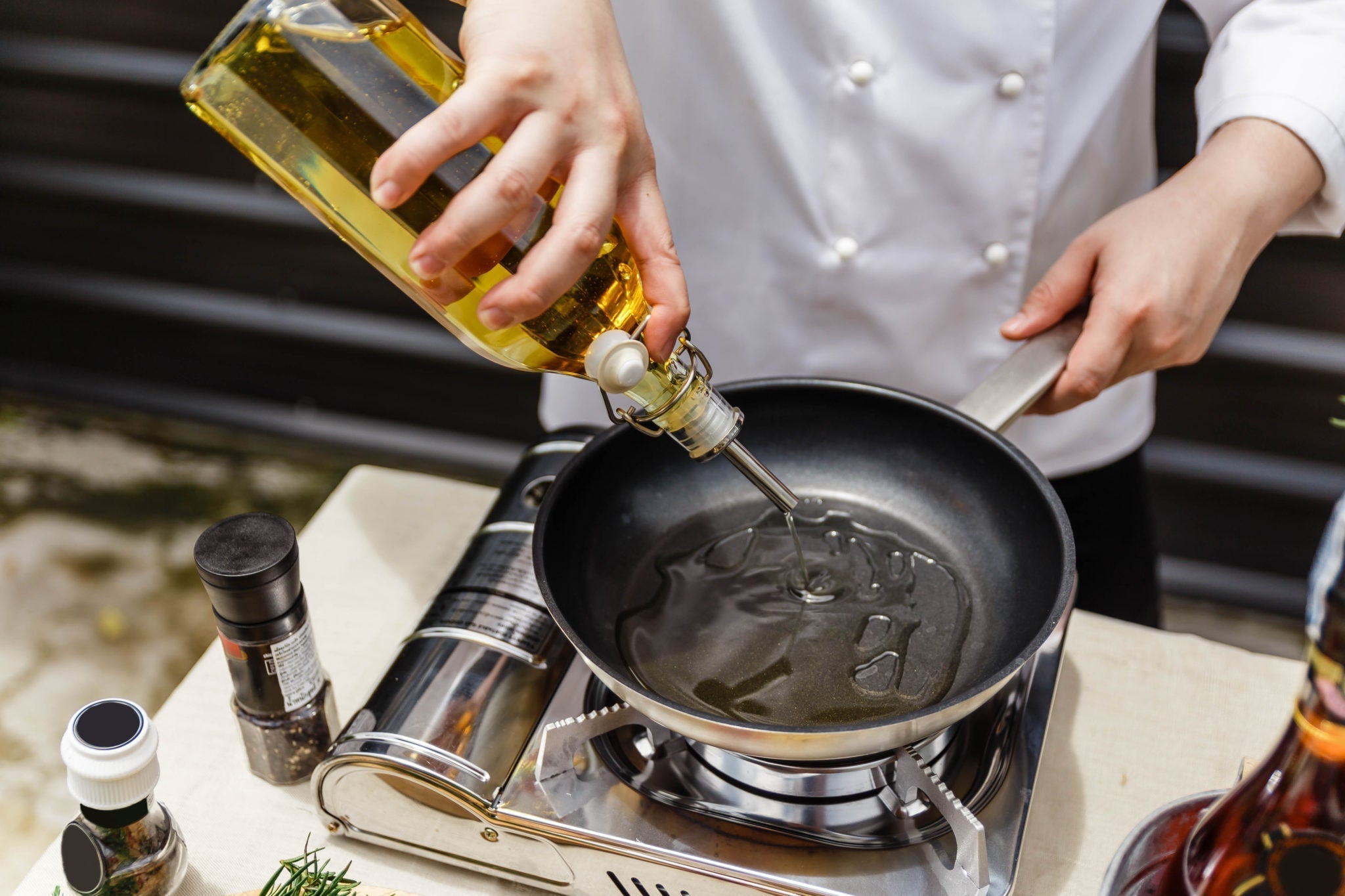
Leave a comment
This site is protected by hCaptcha and the hCaptcha Privacy Policy and Terms of Service apply.